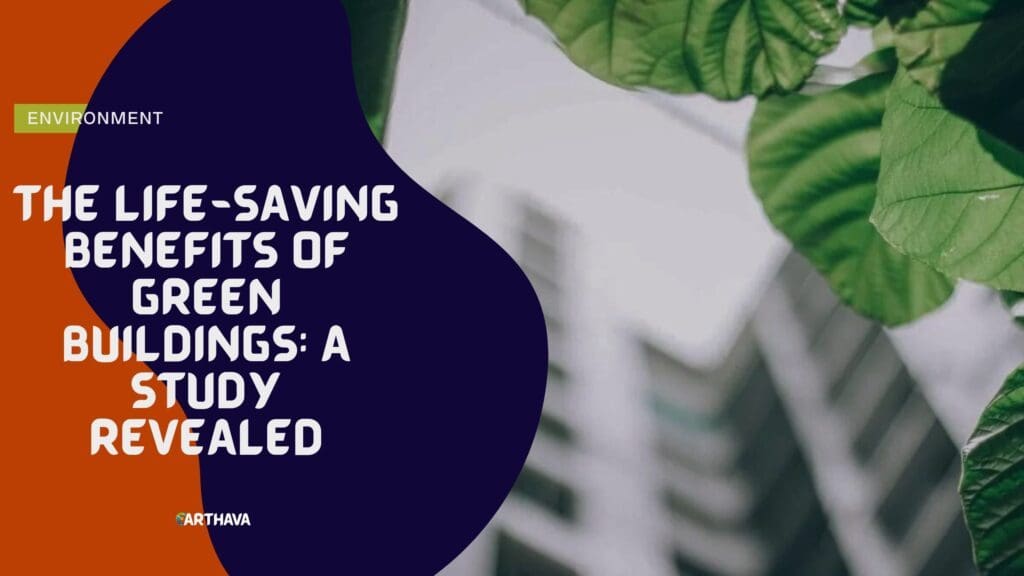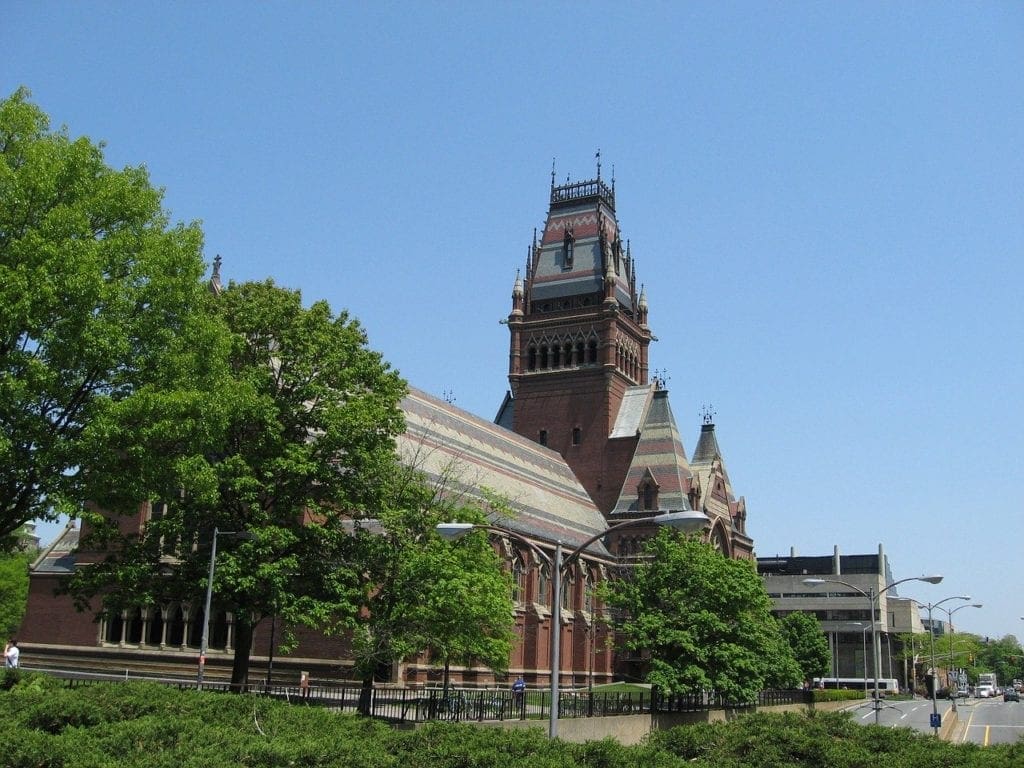Green initiatives and climate change have been at the forefront of the sustainability movement for years. Now, COVID-19 has spread from country to country across the world, disrupting the climate change conversation.

However, a new Harvard study suggests that the two factors are more connected than individuals may believe. The study demonstrates the need for green buildings amid these two existential factors.
Green buildings are environmentally friendly and emphasize the importance of human health and protecting the environment through their materials, output, and design. Focusing on green buildings can save companies and communities money while encouraging productivity and a healthy relationship with indoor and outdoor environments.
Standard buildings can release harmful pollution and emissions that green initiatives are trying to combat. As societies attempt to handle the coronavirus, you’ll see the effects that pollution can have on those who have the virus. From there, more and more people will focus on green buildings as a necessary step for the future.
The Harvard Study
The novel coronavirus has brought devastation across the globe. The virus spreads rapidly and currently has no cure or vaccine. Those who are most at risk are individuals with immunocompromised systems or those who have existing respiratory issues. Due to how contiguous the pandemic is, the issue of pollution comes into play.

Francesca Dominici, Xiao Wu, and Rachel Nethery worked to develop this study with researchers at the Harvard University T.H. Chan School of Public Health. They found that areas — usually urban cities — with higher levels of particulate matter have had higher death rates from COVID-19.
Since COVID-19 is a respiratory infection, it affects the lungs and breathing. Those who live in polluted areas have pre-existing lung problems due to the levels of contamination that they breathe in daily. With more of a compromised immune system and lung functions, death becomes more likely.
The researchers in the study state that the outcome from these results show the need for green buildings. Different types of buildings, in urban areas especially, burn fossil fuels and let off high levels of pollution. In order to properly protect public health, green buildings must become the norm.
Green Buildings for Public Health
The Harvard study shows that pollution is a detrimental and deadly factor in the pandemic. Moving away from fossil fuels and standard buildings will lessen risk levels and mortality rates for some. Therefore, green buildings can, in fact, save lives — and in more ways than you might think.
Green buildings rely less on energy usage and often incorporate renewable energy sources into their design. Giving off less pollution means there will be fewer concerns over public health, both inside and outside. In cities, many people live together in apartment complexes or stay in hotels at once. In addition, millions of people work in high-density cities every day. This traffic means that people are exposed to pollution daily.
If buildings don’t have proper ventilation and filtration systems, harmful particles can pollute the indoor space. A range of 10%-30% of the population suffers from allergies that pollutants can cause. Allergens can contribute to overall public health, especially when people must remain inside with said pollutants.
For better public health, indoors, and outdoors, cities will need to move towards green buildings. For example, Milan, Italy has gained recognition for its green buildings recently. The city incorporates trees, plants, and shrubbery all over two buildings as they extend hundreds of feet upwards. This kind of green initiative could be a sign of what’s to come around the world.
Apart from literal green buildings, structures can take on renewable energy, sustainable building materials, energy and water conservation tools, proper ventilation, and more to facilitate better health. With improved health comes more productivity, a better return on investment (ROI), and more breathable air.
The underlying connection that green buildings expose in the present day is how climate change and the coronavirus affect each other.

Pollution worsens public health while hurting the environment. When a pandemic of this caliber that affects the lungs comes along, it then enforces climate change. The two are currently going hand-in-hand to harm public health. The focus now needs to be on combatting those impacts through green buildings.


